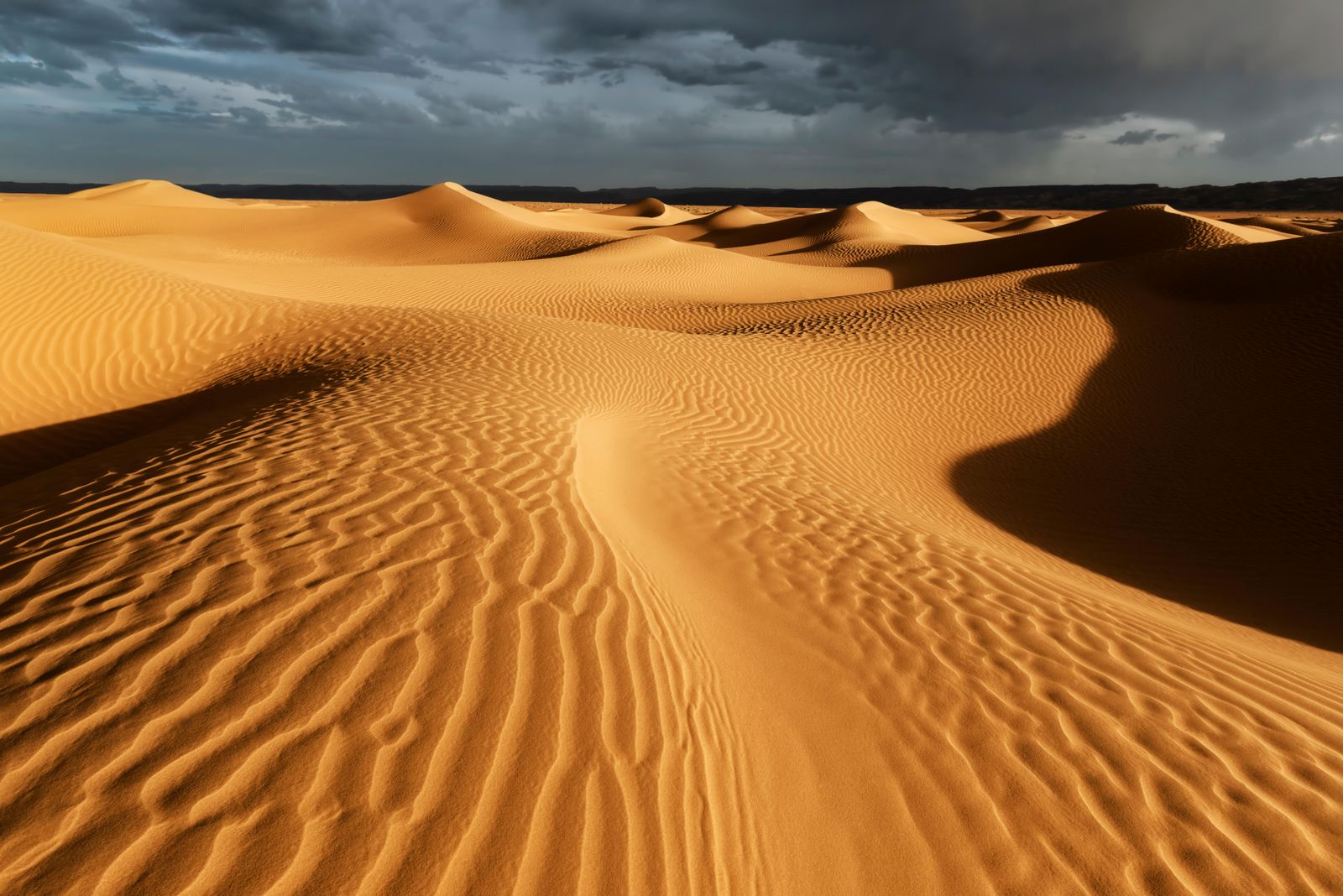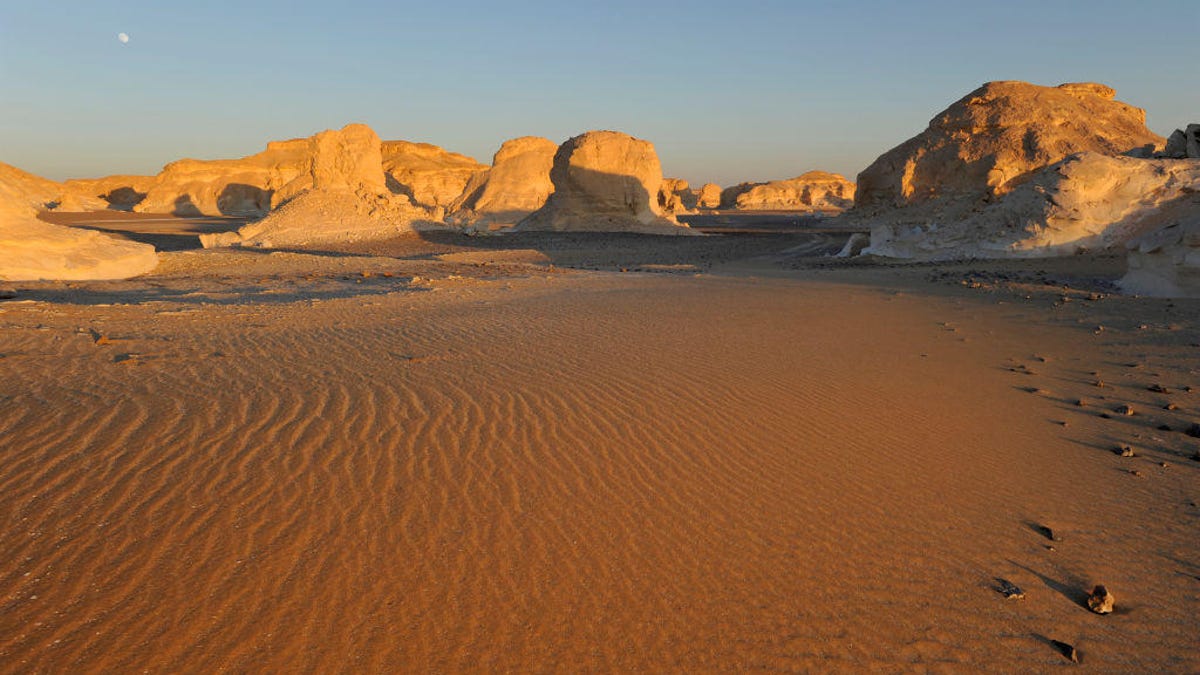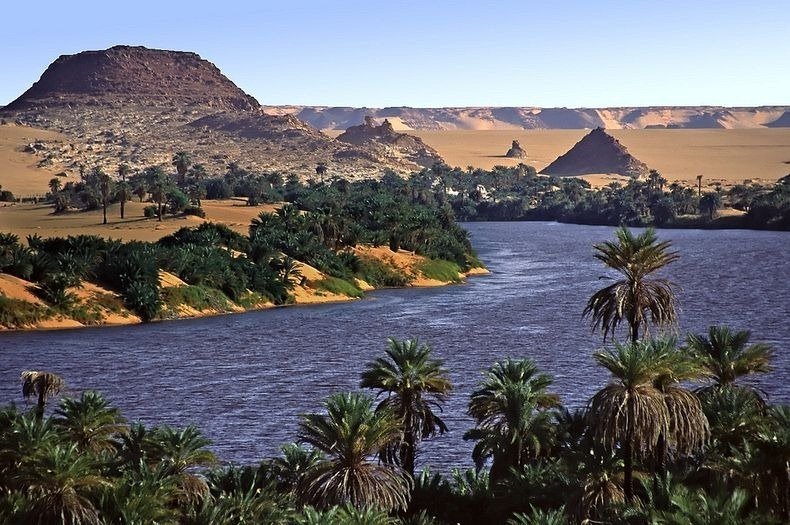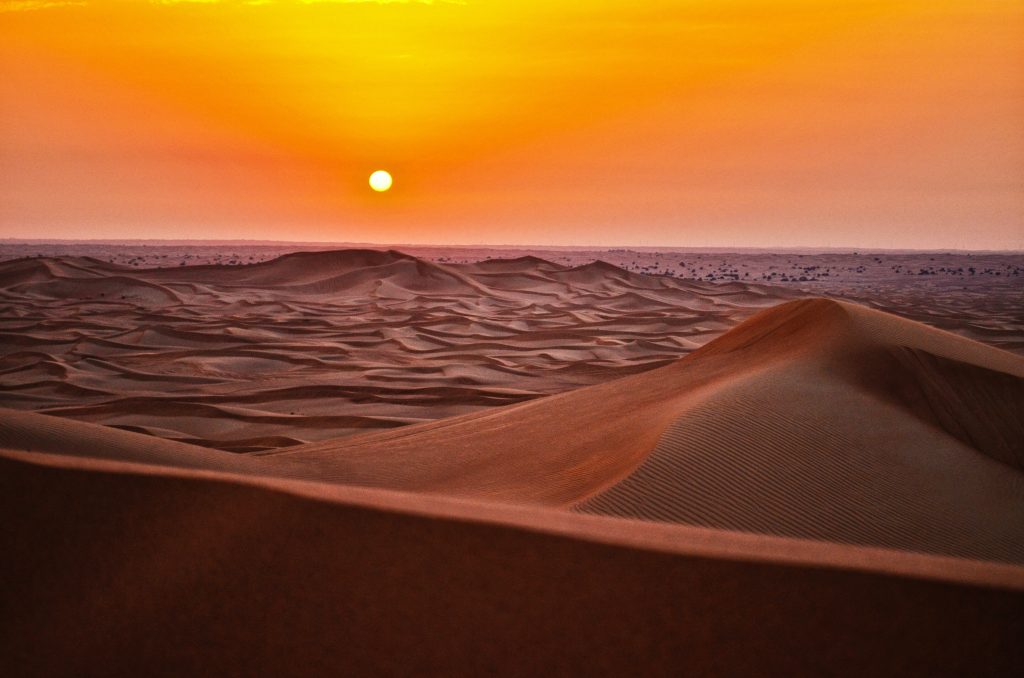Topic sahara desert history: Embark on a captivating journey through time as we unravel the rich tapestry of the Sahara Desert"s history, a land of ancient mysteries and ever-evolving natural wonders.
Table of Content
- What are some theories for the formation of the Sahara desert?
- Geographical Overview and Current Climate
- Historical Climate Variability and Prehistoric Sahara
- Human Impact and the Transition to Desert
- Archaeological Evidence of Ancient Inhabitants
- YOUTUBE: The Sahara Desert\'s Scorching Heat | How the Earth Was Made Season 2 Episode 4 | Full Episode | History
- Impact of Tectonic Movements and Earth’s Orbit
- Environmental and Ecological Changes
- Modern Human Settlements and Lifestyle
- Economic and Cultural Significance
- Challenges and Future of the Sahara
- Exploration and Scientific Studies
What are some theories for the formation of the Sahara desert?
There are several theories for the formation of the Sahara desert:
- One theory suggests that the monsoon in Northern Africa weakened due to glaciation during the Quaternary period, which led to the desert\'s formation.
- Another theory proposes that the desert was created around 7 million years ago, as a result of tectonic plate movements altering the climate.
- Some researchers believe that the desert\'s formation was influenced by shifts in Earth\'s orbit and axial tilt, causing fluctuations in solar radiation and climate patterns.
- It is also suggested that the desert\'s expansion was triggered by natural climate variability and feedback mechanisms.
These theories, though not mutually exclusive, provide possible explanations for the formation of the Sahara desert.
READ MORE:
Geographical Overview and Current Climate
The Sahara Desert, spanning across North Africa, is the world"s largest hot desert and the third-largest desert overall, covering approximately 9.2 million square kilometers. This vast region, stretching from the Red Sea in the east to the Atlantic Ocean in the west, includes significant parts of Algeria, Chad, Egypt, Libya, Mali, Mauritania, Morocco, Niger, Sudan, Tunisia, and Western Sahara.
The Sahara"s landscape is predominantly rocky hamada (stone plateaus), with ergs (sand seas) and enormous sand dunes, some rising over 180 meters high. It"s characterized by diverse geographical features, including the Ahaggar and Tibesti mountains, and the Aïr Mountains.
Climate-wise, the Sahara has experienced significant changes over hundreds of thousands of years, alternating between desert and savanna grassland. This variability is largely due to Earth"s precession affecting the North African monsoon. Presently, the Sahara"s climate varies from arid subtropical in the north, with two rainy seasons, to more tropical in the south, with one rainy season. Temperature ranges can be extreme, with daytime temperatures soaring up to 58 °C (136 °F) and night temperatures dropping to freezing.
Historically, the Sahara was not always as arid as it is today. The end of the last ice age brought wetter conditions, transforming the Sahara into a savanna. However, around 2500 BCE, the monsoon retreated south, leading to the current arid conditions. Despite the harsh climate, the Sahara supports diverse flora and fauna adapted to these extreme conditions.

Historical Climate Variability and Prehistoric Sahara
The Sahara Desert"s history is marked by profound climatic changes. Spanning across North Africa, this vast desert has experienced significant variability over millennia. Once a more moist, semi-arid region, it transformed into the arid desert we know today.
Archaeological and environmental data suggest the Sahara underwent cycles of being a desert and a savanna grassland due to the precession of Earth"s axis and changes in the North African monsoon. This cycle, repeating approximately every 20,000 years, has shaped the region"s ecology and geography profoundly.
Studies indicate that the Sahara became a climatic desert around 2-3 million years ago, during the late Pliocene to the early Pleistocene Epoch. However, more recent findings propose that the region became arid during the Miocene Epoch, approximately 7 million years ago, possibly due to changes in Earth"s orbit and atmospheric conditions.
Human activities have also played a role in the Sahara"s climatic history. Pastoralism and animal husbandry, particularly overgrazing by domesticated animals, have been suggested to contribute to the desertification process. This overgrazing potentially reduced atmospheric moisture and increased surface reflectivity, accelerating the transition from savanna to desert.
Despite these harsh conditions, the Sahara was more densely populated in the past, especially during wetter periods. Fossil evidence shows that large animals and aquatic species thrived in the region, indicating the presence of lakes and swamps. The fluctuating climate led to periodic human settlements, with evidence of agriculture and cattle-keeping in more hospitable times.
Human Impact and the Transition to Desert
The Sahara Desert"s transformation into the vast arid landscape we see today is a story interwoven with significant human impact. Historical evidence suggests that human activities, particularly those of pastoral societies, played a crucial role in the desertification of the Sahara.
Archaeological and environmental analyses, including sediment cores and pollen records, have revealed that the presence of pastoralists in the Sahara coincided with major changes in vegetation. The overgrazing of grasses by domesticated animals, such as goats and cattle, likely reduced the amount of atmospheric moisture, crucial for maintaining a savanna ecosystem. This overgrazing, combined with the use of fire for land management, might have expedited the transition from green grasslands to desert.
However, it"s important to acknowledge that natural climatic cycles also played a vital role in this transformation. The Earth"s orbit and associated changes in monsoon patterns have historically caused shifts in the Sahara"s climate. The interaction between human activities and these natural climatic changes created a complex dynamic that led to the Sahara"s current arid state.
Despite the harsh conditions now prevalent in the Sahara, this region was once home to more humid and fertile landscapes, supporting a diverse array of flora and fauna. The transition to a desert has been a gradual process influenced by both natural environmental changes and human activities over thousands of years.
/https://tf-cmsv2-smithsonianmag-media.s3.amazonaws.com/filer/f2/94/f294516b-db3d-4f7b-9a60-ca3cd5f3d9b2/fbby1h_1.jpg)
Archaeological Evidence of Ancient Inhabitants
The Sahara Desert, currently a vast arid landscape, was once a thriving region with significant human and animal presence. Archaeological discoveries provide evidence of a time when the Sahara supported a more humid, savanna-like environment, teeming with life.
Fossil findings and artifacts suggest that over twenty thousand years ago, the Sahara"s climate was considerably less arid than today. These discoveries include fossils of giraffes, elephants, buffalo, and other large animals, as well as fish and aquatic species, indicating the presence of lakes and swamps. Stone artifacts, rock art, and bone harpoons found in the region further attest to human occupation during these more hospitable times.
As the climate shifted and the Sahara became more arid, human and animal populations underwent significant changes. The harsh desert conditions led to a decrease in the region"s population. However, evidence shows that humans returned to inhabit the Sahara around ten thousand years ago, likely due to replenished water sources like lakes and streams. This period also saw the emergence of cattle-keeping and possible traces of agriculture, adapting to the increasingly arid conditions.
The Sahara"s transition from a lush green landscape to the arid desert we know today is marked by these archaeological findings, highlighting the region"s dynamic and evolving history.
The Sahara Desert\'s Scorching Heat | How the Earth Was Made Season 2 Episode 4 | Full Episode | History
\"Escape the scorching heat with this refreshing video! Indulge in mesmerizing footage of crystal-clear beaches, cascading waterfalls, and invigorating swimming holes. Let the cool vibes of this video transport you to a tropical paradise!\"
Impact of Tectonic Movements and Earth’s Orbit
The Sahara Desert"s evolution into the arid landscape we see today has been significantly influenced by both tectonic movements and changes in the Earth"s orbit. Over millions of years, these forces have driven dramatic shifts in the region"s climate and geography.
Historical studies suggest that the Sahara underwent a crucial transformation around 7 million years ago, when the African plate collided with the Eurasian plate, leading to the closure of the Tethys Sea and formation of the Mediterranean. This tectonic shift replaced water with land, which reflects less sunlight, altering regional precipitation patterns and contributing to the aridification of North Africa.
Additionally, the Earth"s precession, a cyclical change in its axis of rotation occurring approximately every 26,000 years, has had a significant impact on the Sahara. This precession affects the location and intensity of the North African monsoon, leading to alternating periods of desert and savanna grassland over cycles of around 20,000 years.
The combined effect of these tectonic and orbital changes has been instrumental in shaping the Sahara"s climate, transitioning it from a moister, semi-arid climate to the vast, hot desert known today. These changes have not only altered the physical landscape but also affected the flora, fauna, and human habitation over thousands of years.

The Perplexing Prehistory of the Sahara
\"Take a plunge into the mysteries of prehistory with this fascinating video! Uncover the secrets of ancient civilizations, marvel at the majestic remnants of long-lost kingdoms, and immerse yourself in the rich tapestry of human history. Embark on a journey through time like never before!\"
Environmental and Ecological Changes
The Sahara Desert"s environmental and ecological history is marked by profound and dynamic changes. Over several hundred thousand years, this region has alternated between desert and savanna grassland, influenced largely by Earth"s orbital precession, which occurs roughly every 26,000 years. This cyclical change affects the pattern and intensity of the North African monsoon, leading to these significant environmental shifts.
During wetter periods, the Sahara transformed into a savanna-like environment, supporting a diverse range of flora and fauna. This period saw the presence of large bodies of water, like Lake Chad, and rivers which supported lush vegetation and a variety of wildlife. As the climate became drier, these water bodies shrank, and the Sahara returned to desert conditions. Such shifts led to drastic changes in the ecological landscape, with flora and fauna either adapting to the new conditions or migrating to more hospitable regions.
The impact of human activity has also been significant. Pastoralist practices, such as overgrazing by domesticated animals, contributed to environmental degradation, accelerating the desertification process. Additionally, the use of fire for land management by these communities further impacted the region"s ecology.
Overall, the Sahara"s environmental and ecological history is a testament to the region"s ability to undergo significant transformations, shaped by both natural forces and human influence.
Modern Human Settlements and Lifestyle
The modern Sahara, while predominantly a harsh desert, hosts diverse human settlements and lifestyles that have adapted to its challenging environment. The Sahara covers large parts of several African countries, including Algeria, Chad, Egypt, Libya, Mali, Mauritania, Morocco, Niger, Sudan, and Tunisia. Its landscape includes a mix of sand dunes, stone plateaus, gravel plains, dry valleys, and salt flats, with the only permanent river being the Nile.
Despite the extreme climate, with temperatures often soaring over 40°C in summers and dipping to freezing at night, human life persists in the Sahara. This resilience is exhibited through a variety of lifestyles, from nomadic tribes moving across the vast desert to settled communities around oases and the Nile River valley. The traditional lifestyles, primarily pastoral, have evolved to cope with the environmental challenges, such as scarcity of water and extreme temperatures.
Oases in the Sahara play a crucial role in supporting human life. These fertile areas, resulting from underground aquifers, allow for agricultural activities and permanent settlements. Communities around these oases often engage in farming, cultivating dates, cereals, and other crops suitable for arid conditions.
Nomadic groups, like the Tuareg, traverse the desert, herding cattle, goats, and camels. This lifestyle is characterized by a deep understanding of the desert"s ecology and sustainable practices that respect the fragile environment. The modern economy of the Sahara also involves mining activities, particularly for minerals and oil, contributing significantly to the regional economy.
The modern Sahara, with its blend of ancient traditions and adaptations to contemporary challenges, presents a unique tapestry of human resilience and cultural richness.

Economic and Cultural Significance
The Sahara Desert, covering large parts of Algeria, Chad, Egypt, Libya, Mali, Mauritania, Morocco, Niger, Sudan, and Tunisia, is not only an expansive geographical landmark but also a region of significant economic and cultural importance. The desert"s landscape, characterized by sand dunes, stone plateaus, and gravel plains, has shaped the economic activities and cultural practices of its inhabitants.
Economically, the Sahara is rich in natural resources, including significant mineral deposits. Mining activities, particularly for minerals and fossil fuels like oil, are a crucial part of the regional economy. The presence of underground aquifers also supports oases, which are central to agriculture in the desert, particularly for date palm cultivation.
Culturally, the Sahara has a rich heritage with a significant influence on art, music, and traditional lifestyles. The nomadic tribes of the Sahara, such as the Tuareg, are known for their rich traditions, artisanal crafts, and unique music styles that have gained international recognition. These cultures have adapted over centuries to the desert"s harsh conditions, developing a deep understanding of its ecology and sustainable living practices.
The Sahara also plays a crucial role in global climate patterns. It is a significant source of mineral dust, which impacts weather conditions far beyond its boundaries. This dust, carried by wind, affects air quality and ecosystems in distant regions, showcasing the Sahara"s far-reaching impact on the global environment.
In conclusion, the Sahara Desert is a region of immense economic value and cultural richness. Its vast expanse and challenging environment have shaped unique lifestyles and practices, making it a vital part of the heritage and economy of the surrounding nations.
Challenges and Future of the Sahara
The Sahara Desert, while being an area of unique beauty and rich cultural heritage, faces several challenges that could shape its future. Environmental issues, particularly the effects of climate change, are a major concern. Rising temperatures and changing precipitation patterns could further exacerbate desertification, impacting the already fragile ecosystems and the communities that depend on them.
Water scarcity remains a critical challenge in the Sahara. The reliance on finite water sources, like underground aquifers, is not sustainable in the long term. This scarcity poses a threat to agriculture, livestock, and human settlements, especially in oasis regions.
Economically, while the Sahara holds significant mineral and oil resources, the exploitation of these resources presents environmental concerns. Balancing economic development with environmental conservation is a major challenge for the region. Additionally, political instability in some parts of the Sahara affects not only the security of the inhabitants but also hampers economic growth and development initiatives.
Looking to the future, there are opportunities for sustainable development. Renewable energy sources, particularly solar energy, have great potential given the Sahara"s vast and sunny landscape. Efforts in reforestation and sustainable land management practices could help combat desertification. Furthermore, the rich cultural heritage of the Sahara, if preserved and promoted, can continue to be a source of pride and economic benefit through tourism.
Ultimately, the future of the Sahara will depend on a balanced approach that respects the environment, addresses the needs of its inhabitants, and preserves its unique cultural identity.

READ MORE:
Exploration and Scientific Studies
The Sahara Desert has been a focal point for exploration and scientific studies for centuries, offering insights into climatology, archaeology, and human history. The vast and diverse landscape of the Sahara, with its dunes, plateaus, and oases, has attracted explorers, geologists, and archaeologists seeking to uncover its secrets.
Historical exploration of the Sahara dates back to ancient times, with caravans traversing the desert, establishing trade routes that connected different civilizations. In more recent history, explorers have ventured into the Sahara to map its terrain and study its harsh climate. These explorations have led to the discovery of ancient riverbeds, fossils, and rock formations that provide clues to the Sahara"s climatic past.
Scientific studies in the Sahara have been pivotal in understanding global climate change. Researchers have conducted extensive studies on the desert"s shifting sand dunes, the formation of dust storms, and their impact on global weather patterns. Additionally, the Sahara serves as a natural laboratory for studying solar radiation and desertification processes.
Archaeological expeditions have unearthed relics of ancient civilizations that once thrived in the Sahara"s more fertile regions. These discoveries include cave paintings, ruins of settlements, and artifacts that offer a glimpse into the life of early human societies in the region.
Environmental conservation efforts in the Sahara are also a subject of ongoing research. Scientists are studying the effects of human activities on desert ecosystems and developing strategies for sustainable living in arid environments.
The Sahara Desert continues to be an important subject for scientific inquiry, with each exploration and study adding to our understanding of this vast and enigmatic region.
Spanning history and horizons, the Sahara Desert"s story is a tapestry of natural wonders and human resilience, inviting us to explore its timeless mysteries and enduring legacy.






